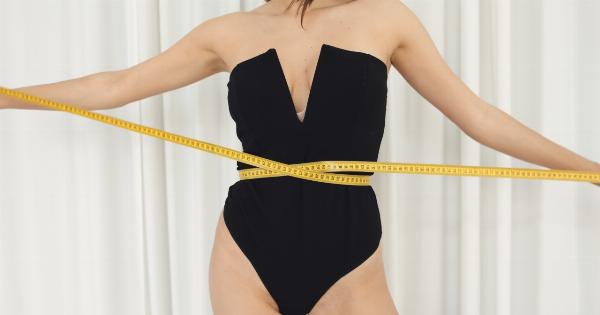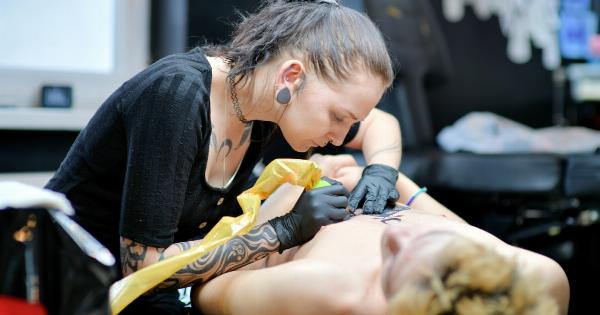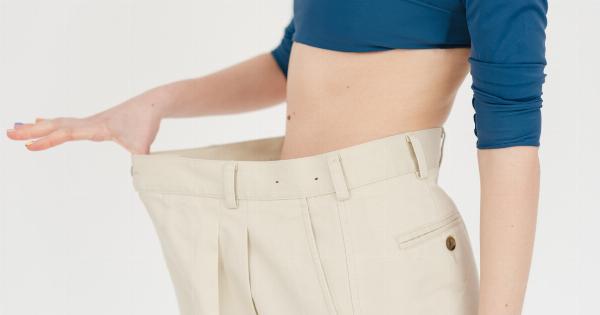Throughout history, the concept of the “ideal” female body shape has varied dramatically across different cultures and time periods. What was considered desirable and beautiful in one era could be completely different in another.
This ever-changing standard reflects both societal values and the influence of fashion and media. In this article, we will explore the shifting standards of women’s body shapes throughout history, highlighting the beauty ideals that have prevailed over the years.
Ancient Greece and Rome: The Ideal of the Curvaceous Goddess
In Ancient Greece and Rome, women with fuller figures were celebrated as the embodiment of fertility, beauty, and health. The ideal female body shape was characterized by voluptuous curves, including a small waist, generous hips, and a full bust.
Artists often depicted women with rounded stomachs and soft, feminine features in sculptures and paintings.
The Renaissance: Embracing the Rubenesque Figure
The Renaissance period marked a shift in the ideal body shape, as the emphasis shifted towards voluptuousness and a softer, fuller figure. Artists like Peter Paul Rubens celebrated women with rounded bodies, plump faces, and ample breasts.
The portrayal of curvier women in art became a symbol of wealth, beauty, and fertility.
The Victorian Era: The Rise of the Hourglass Figure
In the Victorian Era, the ideal woman was expected to have an extremely narrow waist, creating the coveted hourglass figure. Corsets were commonly worn to achieve an artificially tiny waistline, sometimes to the detriment of women’s health.
This era placed great importance on modesty, often covering up the female form, but the emphasis on a corseted hourglass shape persisted.
The 1920s: The Flapper Revolution
The roaring 1920s brought a significant shift in women’s body standards. The “flapper” look emerged, characterized by a boyish figure. Women embraced a more androgynous shape, with a straighter, slim silhouette and a smaller bust.
The ideal body shape was now associated with liberation, independence, and the freedom to participate in activities previously dominated by men.
The 1950s: The Return of the Hourglass
In the 1950s, the hourglass figure made a comeback, influenced by the glamorous film stars of the era, such as Marilyn Monroe and Sophia Loren.
Women were encouraged to embrace their femininity, with an emphasis on a small waist, ample breasts, and shapely hips. This ideal body shape was often achieved through the use of undergarments, like girdles and bullet bras.
The 1960s and 1970s: The Twiggy Effect
The 1960s and 1970s saw a radical departure from the hourglass figure. Model Twiggy emerged as a symbol of the “Swinging London” fashion scene, representing a new ideal body shape.
With her boyish frame, slender limbs, and waif-like appearance, Twiggy became the embodiment of the “thin is in” mantra. Her influence revolutionized the fashion industry and challenged traditional beauty norms.
The 1980s and 1990s: The Fitness Craze
The 1980s and 1990s witnessed the rise of fitness culture and the worship of the athletic body. Women aspired to be strong, muscular, and fit. The ideal body shape shifted towards a lean physique, with defined abs, toned arms, and muscular legs.
This era celebrated the power and strength of women, as fitness icons like Jane Fonda and Cindy Crawford dominated the media.
The 2000s: The Era of Thinness
The turn of the millennium brought a renewed obsession with thinness. The ideal body shape became extremely slim and waif-like, often unrealistic and unattainable for most women.
With the rise of social media and the influence of celebrities, the pressure to conform to these standards intensified. Eating disorders and body dysmorphia became prevalent issues, highlighting the negative impact of such extreme body ideals.
Current Standards: Embracing Diversity
In recent years, there has been a significant shift towards inclusivity and body-positive movements. The fashion industry and media are now championing diversity in body shapes, promoting acceptance and self-love for women of all sizes.
The ideal body shape is no longer confined to narrow standards; women are celebrated for their natural diversity, whether they are curvy, athletic, or anything in between.
The Impact of Media and Body Image
The shifting standards of women’s body shapes throughout history can largely be attributed to the influence of media and society.
Fashion magazines, advertisements, and social media have played a significant role in shaping beauty ideals and perpetuating unrealistic expectations. It is crucial to recognize and challenge these standards, promoting body positivity and a healthy relationship with one’s own body.
In Conclusion
The concept of the “ideal” female body shape has evolved significantly throughout history, with each era presenting its own set of beauty standards.
From the curvaceous goddesses of Ancient Greece to the waif-like figures of the 2000s, women have been subjected to ever-changing ideals. Today, there is a growing movement to embrace diverse body shapes and challenge narrow beauty norms. It is essential to celebrate the uniqueness of each individual and promote a positive body image for women of all sizes and shapes.































